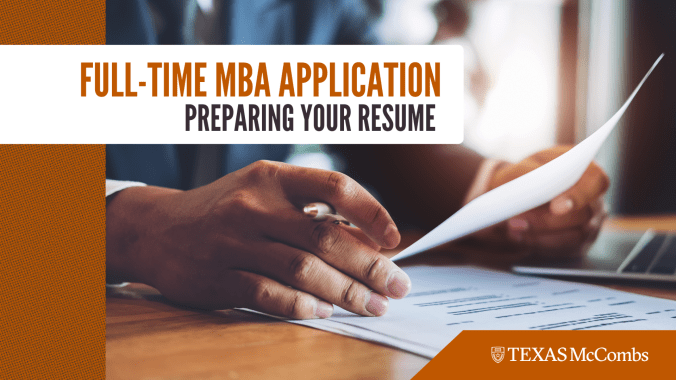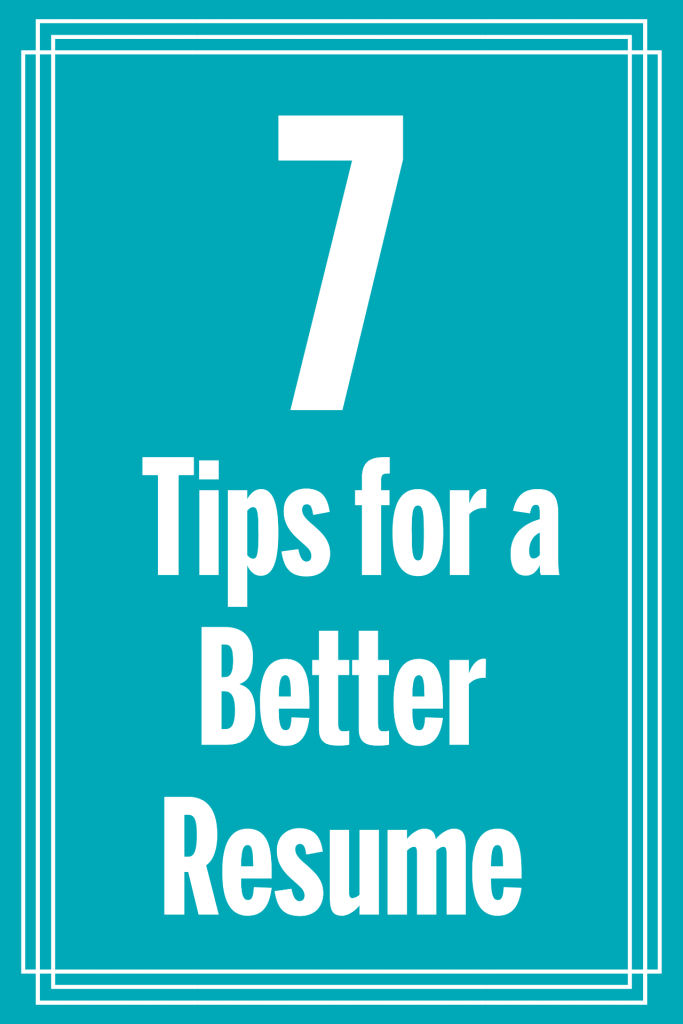Your resume is a crucial component of your Texas McCombs MBA application. It’s your opportunity to showcase your professional journey and demonstrate your fit for the program. The MBA Admissions Committee looks for a balance between the quantity and quality of your work experience.
Keep your MBA resume to about one page, focusing on your most impactful experiences. While full-time roles after your undergraduate degree are typically considered work experience, relevant internships, part-time work, and significant leadership in extracurricular activities can also be valuable. The key is showing how these experiences have prepared you for an MBA.
When reviewing your application, our committee considers all components holistically. We balance various factors, much like a scale. For your resume specifically, we weigh the quantity of your experience (years worked) against its quality (the depth and impact of your contributions). This balanced approach helps us gain a comprehensive understanding of your professional background and potential fit with our program.
QUANTITY
Say that you are the CEO of a mid-size corporation. Wonderful! Oh, you just started in this position? That’s an amazing accomplishment, but perhaps you’d still admit that your knowledge and expertise in such a new position wouldn’t be as developed as someone who’s been doing it for a few years.
Or maybe you have been in the same job for 10 years. Wow! No doubt you are a go-to person when it comes to that role, but could it mean that perhaps you didn’t take as much initiative or demonstrate the leadership qualities required to launch you to the next level? Or perhaps you have only had a project manager role for a year, but in that time, you’ve produced measurable results and demonstrated leadership. In these cases, the quality of your work experience matters more.
QUALITY
A general job title like “Project Manager” may seem lackluster but could be exciting. Don’t let us make assumptions. Take every opportunity on your application to illustrate just WHAT about your job made your experience rich and rewarding.
On the flip side, a Chief Operating Officer title sounds impressive, but what kind of company did you work for and how extensive were your duties? An impressive title with naught to back it up won’t move the needle in your favor when it comes to work experience.
HIGHLIGHTING YOUR WORK EXPERIENCE
The takeaway on work experience: Years, titles, and accomplishments are not, by themselves, deciding factors. To help you provide us with a clear picture, here are our top tips for highlighting the quality and quantity of your work experience on your resume:
1. Include Specific Dates: Always list both the month and year for the start and end dates of each position. For example, use “June 2022-August 2024” rather than just “2022-2024.” This level of detail allows us to accurately assess your timeline and understand any gaps in your work history. If there are gaps, don’t worry – you can address these in the optional statement in your application if needed.
2. Tailor Content: You may have heard the adage that your resume should be tailored to your audience, which is true. But customizing your resume may simply entail reordering or swapping out bullet points. Remember, a resume is a summary of your relevant experience, not necessarily all of it.
3. Emphasize Results: We don’t just want a summary. We want to know whether you generated results from your work. If the person replacing you could copy and paste your resume bullet points into their resume, that’s probably a sign your bullet points need to better emphasize your individual contributions in the role.
4. Avoid Redundancy: Think of each line on your resume as a valuable piece of real estate. Consider the incremental value that each line on your resume provides for you as a candidate. If you have performed the same task in multiple roles, is it necessary to list that same task more than once on your resume? Likely not.
5. Show Balance: We want to see a “balanced” candidate – someone who has been strong in the classroom and in the workplace while participating in extracurricular activities and having unique interests outside of work. Consider creating an “Additional” section to detail your activities and interests for use as a potential conversation starter.
6. Utilize White Space: Great resume content can only be great if a reader can easily access it. That’s where resume readability comes into play. Don’t forget to use your white space effectively. A resume is not about cramming as much as you can onto the page. Rather, give your content some space to breathe.
7. Enlist Proofreaders: Perhaps the most important element of a resume is that it is free of errors. A single spelling, grammatical, or formatting error can hurt even the most impressive resume. Have multiple individuals proofread your resume.
8. Convey Personal Brand: What do you think of when you think of global brands like Apple, Nike, or Google? What words come to mind? Now, when we read your resume, what words do you want to come to mind about you? Have a peer give your resume a 30-second review and see if the words you want to pop for a reader, do.
Your resume is important, but it’s only one data point for you as a candidate. By focusing on both the quantity and quality of your experiences and following these tips, you can create a resume that effectively communicates your professional journey and potential.
Remember, the goal is not just to list your job duties, but to tell the story of your career progression, achievements, and readiness for an MBA program. Your resume should leave the admissions committee eager to learn more about you through the rest of your application.
At Texas McCombs, we value candidates who can demonstrate a balance of professional accomplishments, leadership potential, and personal growth. Use your resume to show us how you embody these qualities and how you’re prepared to contribute to and benefit from our dynamic MBA community. With a well-crafted resume, you’re taking a significant step towards making a lasting impression in your MBA application.
If you have any questions during the application process, we’re here to help. Please visit our website for details on applying to each program and follow us on Instagram for an inside look into the Texas McCombs MBA.







